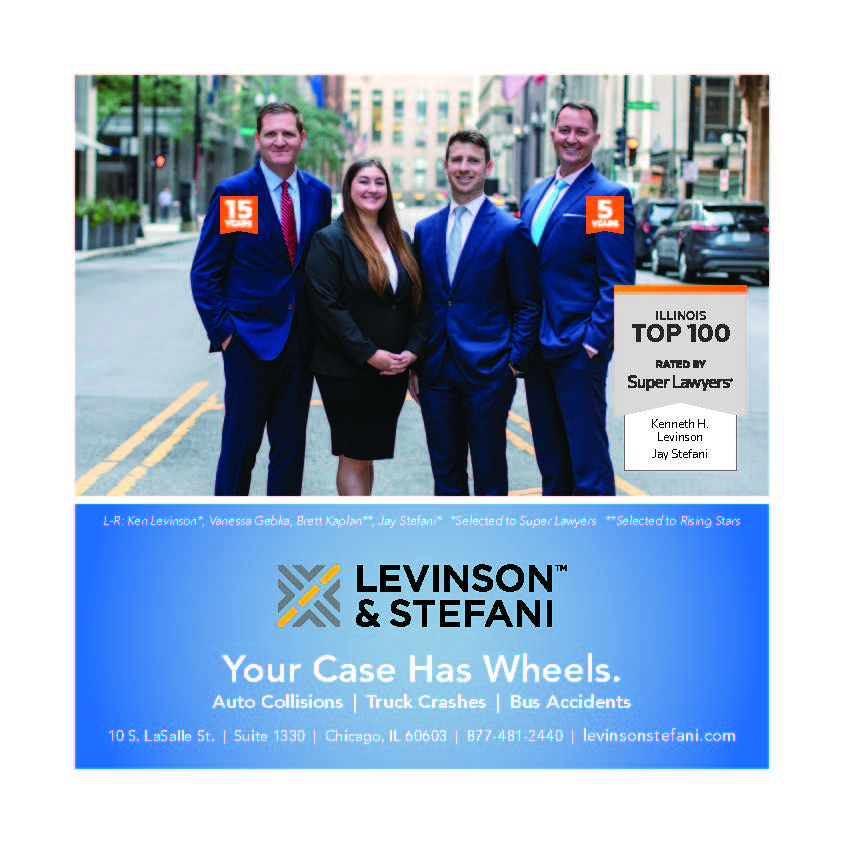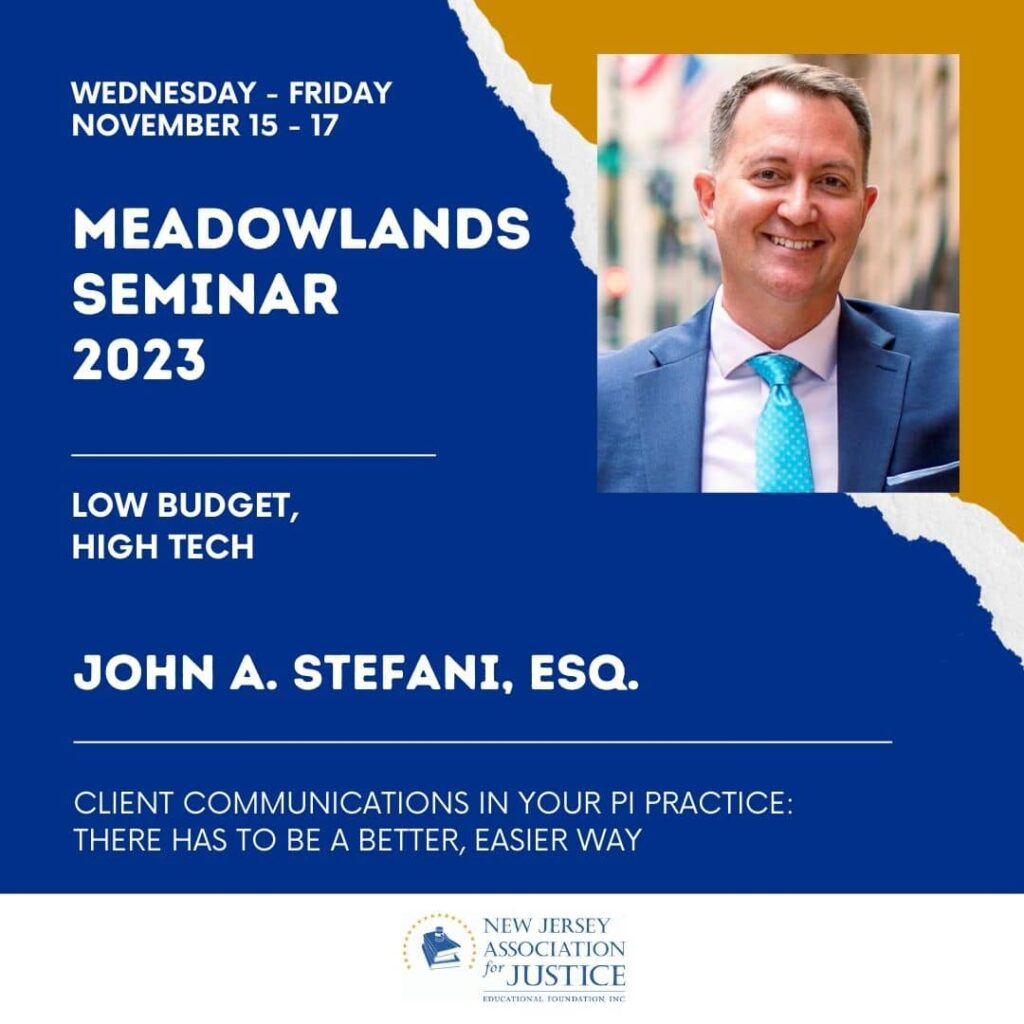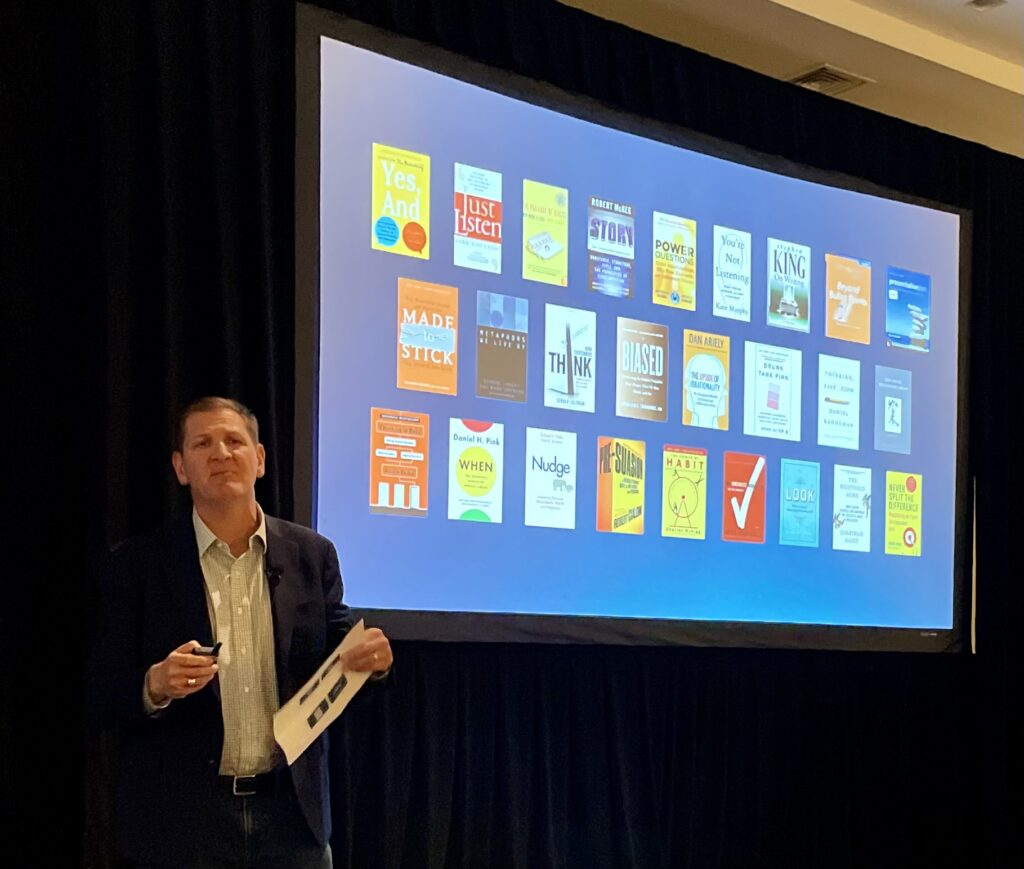
🌟 Exciting News! 🌟 We’re thrilled to announce that our Founding Partner, Ken Levinson, and Managing Partner, Jay Stefani, have once again been recognized by Super Lawyers as Top 100 Lawyers in Illinois! 🏆 Ken’s remarkable 15-year streak and Jay’s impressive 5-year run showcase their unwavering commitment to excellence in personal injury law. Thank you for trusting us with your legal needs! 💼⚖️#ProudAchievement #SuperLawyers #LegalExcellence #PersonalInjuryLaw




